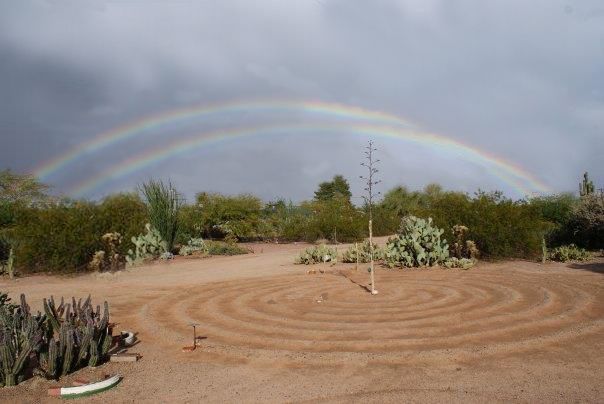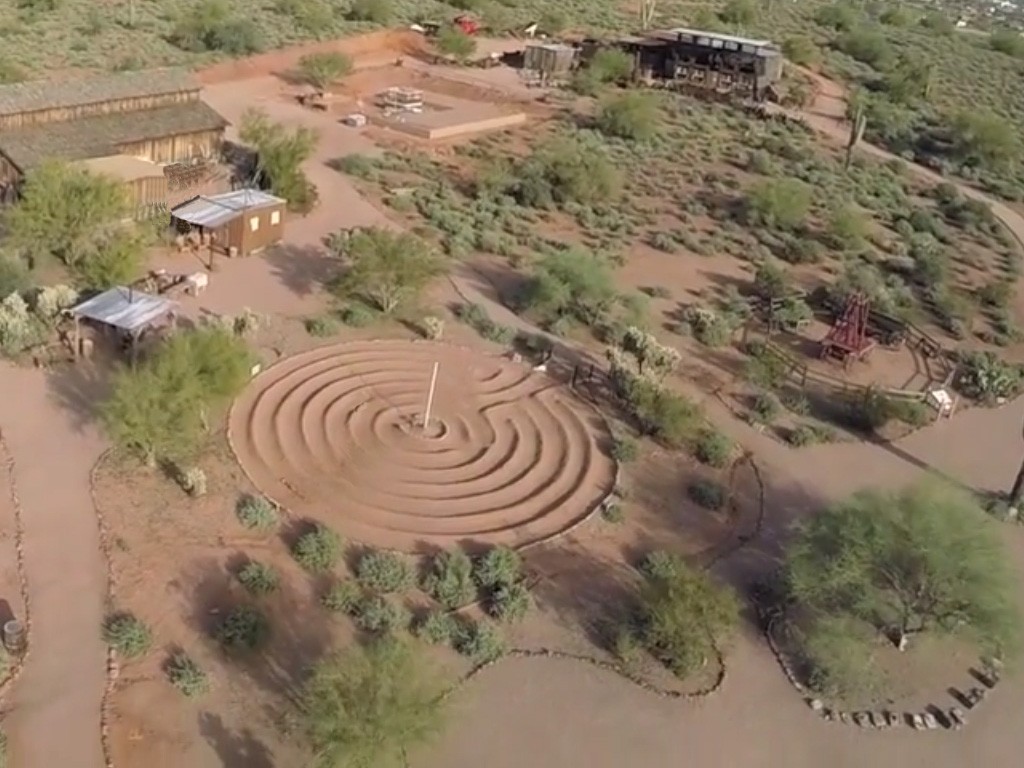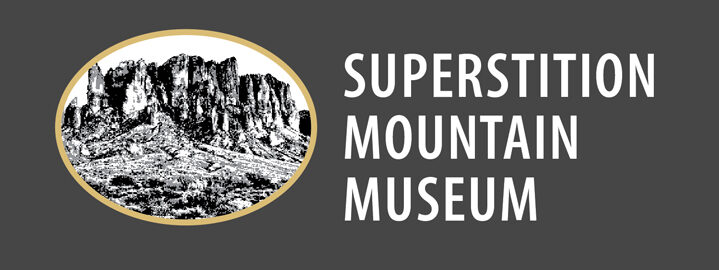Labyrinth
Labyrinths are ancient human symbols known to date back at least 3500 years and probably much farther. They appeared on most inhabited continents in prehistory, with examples known from North and South America, Africa, Asia and across Europe from the Mediterranean to Scandinavia. The labyrinth symbol was incorporated into the floors of the great Gothic pilgrimage cathedrals of France in the twelfth century. The most famous extant design is the example in the nave floor of the Cathedral of Notre Dame de Chartres outside of Paris. This labyrinth was built of honey colored limestone with marble lines around the year 1200 and is now over 800 years old.
 Why do we walk Labyrinths?
Why do we walk Labyrinths?
A labyrinth is not a maze, but a walking meditation device with a single winding path from the edge to the center. There are no tricks, choices or dead ends in a labyrinth walk. The same path is used to return to the outside. Combining a number of even older symbols, including the circle, spiral and meander, the labyrinth represents the journey inward to our true selves and back out into the everyday world.
Walking a labyrinth is a right brain activity (creative, intuitive, imaginative) and can induce or enhance a contemplative or meditative state of mind. It is a tool which can clear the mind, calm our anxieties during periods of transition and stress, guide healing, deepen self-knowledge, enhance creativity, allow for reconciliation, restore feelings of belonging to a community, and lead to personal and spiritual growth.
For many walkers the labyrinth becomes a metaphor for the journey of life: although full of twists and turns, each of us is on a single path through his or her life, and yet each person’s journey is a separate and distinct qualitative experience.
In walking labyrinths, modern seekers are emulating and recapturing the pilgrimage tradition of many ancient faiths.
About our Labyrinth
The Superstition Mountain Museum Labyrinth was designed and created by one of our long-time volunteers, J.J. Pelletier, a world traveler, outdoorsman, and former Green Beret who teaches desert safety and survival classes at the Museum.
In his travels around the world, J.J. has seen many different labyrinths and enjoys the meditative pleasures of walking them. Wanting to share his love of labyrinths with others, he designed the SMM labyrinth based on his experiences.
J.J. visits the Museum several times a year to maintain the labyrinth for our visitors to enjoy.


